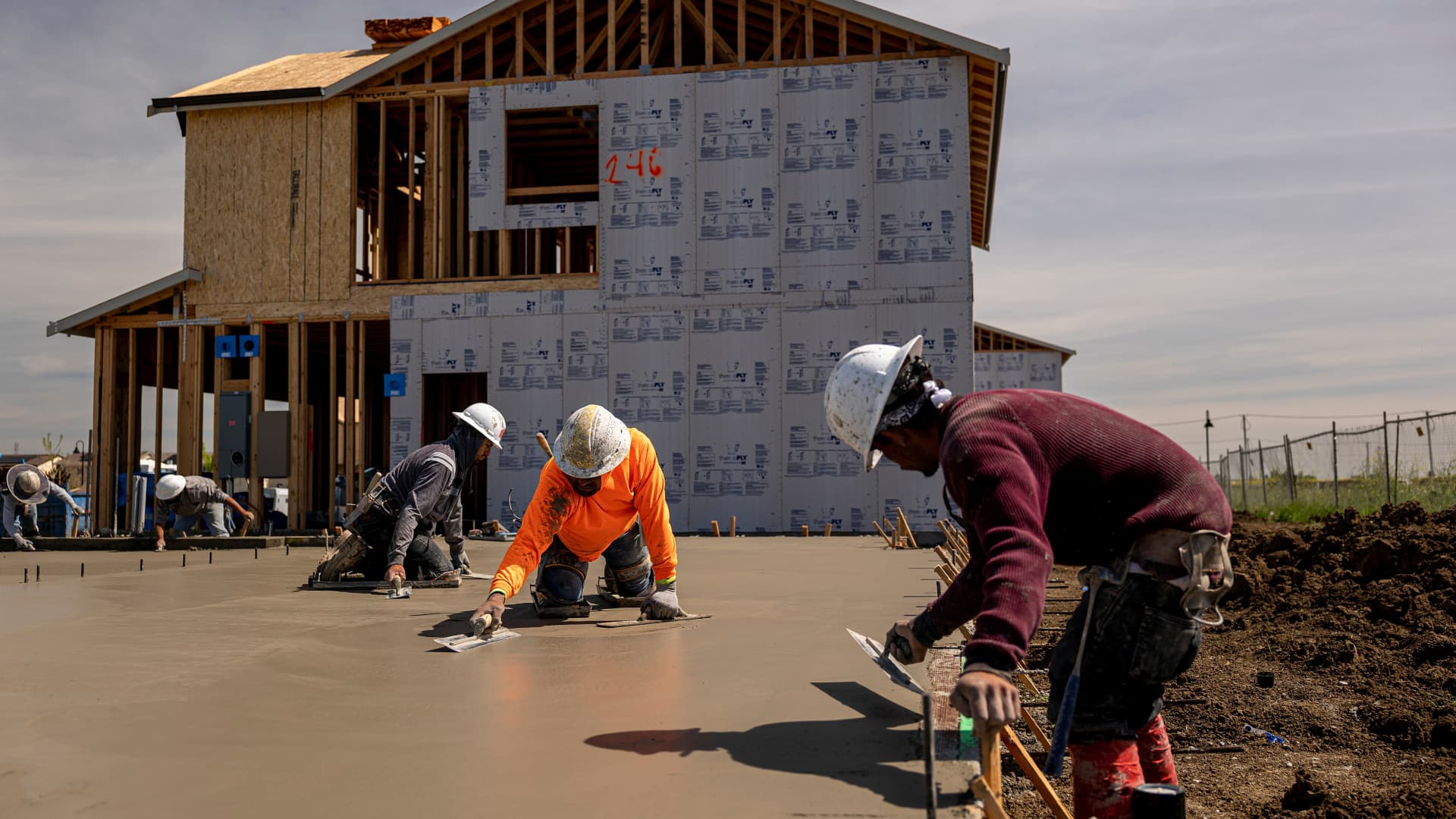7 Key Leadership Lessons For Business Development Success
By Nic DeAngelo, CEO at Saint Investment Group, an award-winning real estate investment platform.
Leadership is a quality that comes naturally to some and requires a conscious effort from others. Being an effective leader can be the difference between the success and failure of a business or team. As such, it is essential to learn from experience and gather insights to help navigate the path to success. In this article, I will discuss seven key leadership lessons that can help individuals achieve business development success.
1. Know Yourself And Own It From Top To Bottom
The first lesson in leadership is to know yourself. This means exploring your experiences and thoughts to fully embrace and accept yourself. Leveraging your strengths, weaknesses, flaws and unique qualities can help you achieve success and boost your self-esteem. These practices can also help you build confidence and develop a more authentic leadership style.
2. Be Laser-Focused And Curious
Focus is a superpower in today’s age. You’ll need a focused mindset to set yourself apart from the competition and yield astronomical results. Lack of focus can lead to distraction and hinder long-term fulfillment and results. To excel at something, it’s important to intentionally choose what to focus on for the long term, as wasting time on uncertain interests can be detrimental.
To provide an example of focusing in the investing place, say an investor wants to specialize in a specific industry, such as technology or healthcare. Instead of trying to invest in every industry, they would focus their research and analysis on companies within their chosen industry. This would allow them to gain a deep understanding of the industry and make informed investment decisions. By staying focused on their area of expertise, they can better identify potential opportunities and potentially outperform the market.
However, curiosity is crucial for companies and leaders to innovate and develop new ideas. If they don’t make progress, they risk being replaced or left behind. It’s not just about learning from others through books, podcasts, etc., but also about taking the time to record and reflect on personal experiences so you can bring the insights you gain into the future.
3. Get Your House In Order
Taking care of one’s own personal housekeeping is crucial to staying on track and achieving goals. It’s easy to let small things slide, but they can quickly snowball into larger issues. Make sure to hold yourself accountable and practice discipline in handling whatever needs attention, including your health, fitness and spirituality.
4. Learn To Forgive In Order To Make Progress
Forgiveness is a powerful tool that can help one move forward in life. It’s easy to hold onto resentment and bitterness, but ultimately, these negative emotions only hurt the person who harbors them. Learning to forgive is not only beneficial for others but also for yourself. When you forgive others, you release the emotional burden you carry and allow yourself to move on. Similarly, if you can forgive yourself for your past mistakes and shortcomings, you’ll be better able to let go of shame and guilt and focus your energy on achieving your goals.
In a business or workplace setting, practicing forgiveness can improve relationships and promote a positive work environment. For example, you could accept apologies instead of holding grudges, let go of past mistakes to move forward with a positive attitude, and offer second chances to colleagues or business partners who may have made mistakes. By practicing forgiveness, it’s possible to resolve conflicts more effectively and improve productivity and teamwork.
5. Stay Curious And Embrace A Growth Mindset
A growth mindset involves developing one’s abilities through dedication and hard work. I believe this mindset is crucial for business development success. Staying curious and open-minded is essential for growth. A leader should never stop learning and should seek out new experiences and challenges.
To develop and implement a growth mindset, it is important to embrace challenges, adopt a positive attitude and prioritize learning and improvement. This may involve setting goals, seeking feedback and trying new things outside of your comfort zone. If you’re working to overcome mental barriers, I would recommend reframing negative self-talk, practicing more self-compassion, and acknowledging that your mistakes and setbacks are opportunities for professional growth. To put a growth mindset into practice, make sure to reflect on your progress and challenges, seek out new opportunities for learning and development, and stay open to feedback and new perspectives at your company. With time and practice, a growth mindset can lead to increased resilience, creativity and success in business and in your personal life.
6. Communicate Effectively And Listen Actively
Leaders need to learn to communicate effectively in order to be successful. They should be able to clearly communicate their vision, goals and expectations. Active listening is equally important. A leader should listen to their team members, clients and stakeholders and take their feedback into account. This information can give them a deeper understanding of what motivates team members and clients, resulting in better outcomes.
7. Lead By Example
Leading by example is one of the most powerful tools a leader has available to them. A leader who models the behavior they expect from others inspires trust and respect. If they work hard, are honest and have integrity, they’ll likely encourage their team to do the same.
Leadership is a journey of self-discovery, focus, discipline and forgiveness. By embracing these seven key lessons for business development success, we can create a strong foundation for our personal and professional growth and lead ourselves and others toward excellence. Let’s commit to becoming better leaders and inspiring others to do the same.
7 Key Leadership Lessons For Business Development Success Read More »






















